News
Any fashion historian can tell you about Thierry Mugler AW84 as they gaze off into the distance, recalling a bygone era of true spectacles. Angelic ice princesses gliding down the runway in a spellbinding showcase (oh, and Madonna closed the show.) It was heavenly. What you may not recognise is that AW84 is kind of the first runway to adapt a runway into a “set”. Held at the Zénith in Paris, the show had 6,000 attendees, dramatic lighting, and a concert-level production, marking a departure from traditional salon-style presentations and inspiring other brands to follow suit and truly stage their shows.
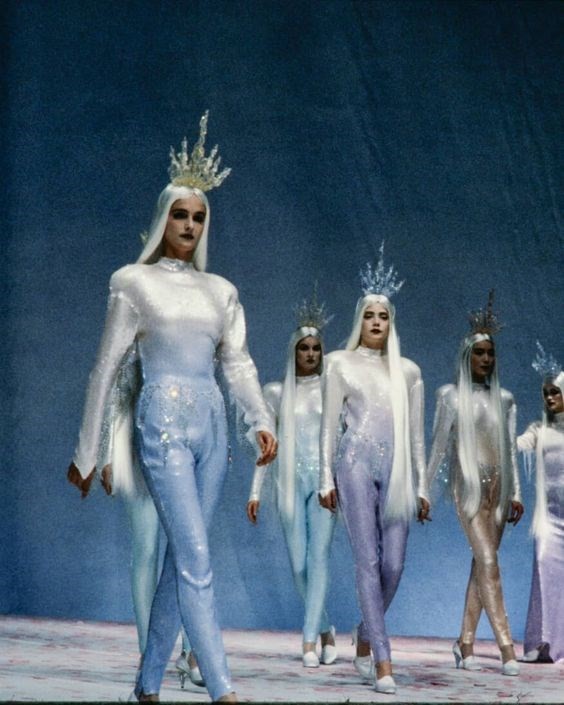
Mugler set the tone for fashion shows to come and visionaries like John Galliano and Alexander McQueen followed suit, designing their sets with intention and care to ensure that the narrative behind the collection was communicated effectively. Galliano has often staged historically inspired, highly conceptual shows, such as his Dior Fall/Winter 2006 haute couture collection in a Renaissance garden.
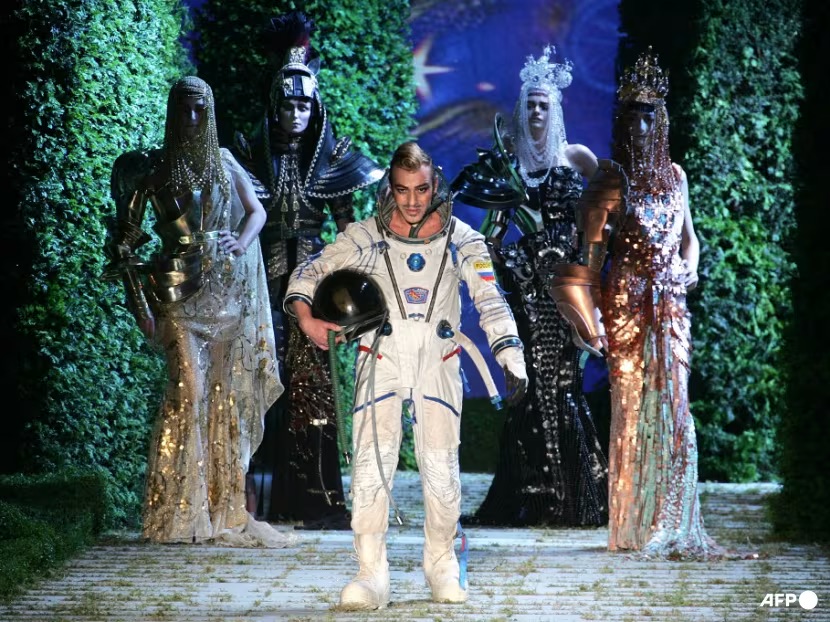
McQueen also considered every aspect of the shows in order to create another world for spectators to enter. Everything from music to lighting was meticulously chosen. For SS05, McQueen set up a live-action chess game for his show ‘It’s Only A Game”, having models move around like their assigned chess pieces.
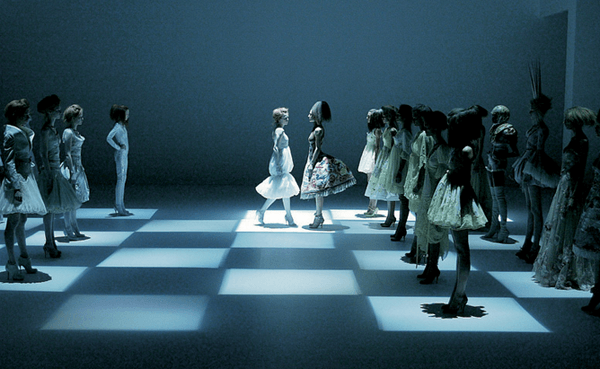
Today, there is no option for big fashion houses but to design elaborate settings for their shows. Due to changes in the marketing landscape and social media, bigger meant better and better meant bigger. The 2010s marked a turning point where set design became a strategic necessity rather than an occasional spectacle. The rise of experiential marketing and luxury brands competing for attention has made set design as important as the collections themselves.
No one does fashion marketing like Jacquemus, with multiple shows in extravagant locations. Jacquemus FW24 took guests to Capri, at the Casa Malaparte, to present what was dubbed by the team as the “Impossible Show”, with the cliff of a mountain as the catwalk.
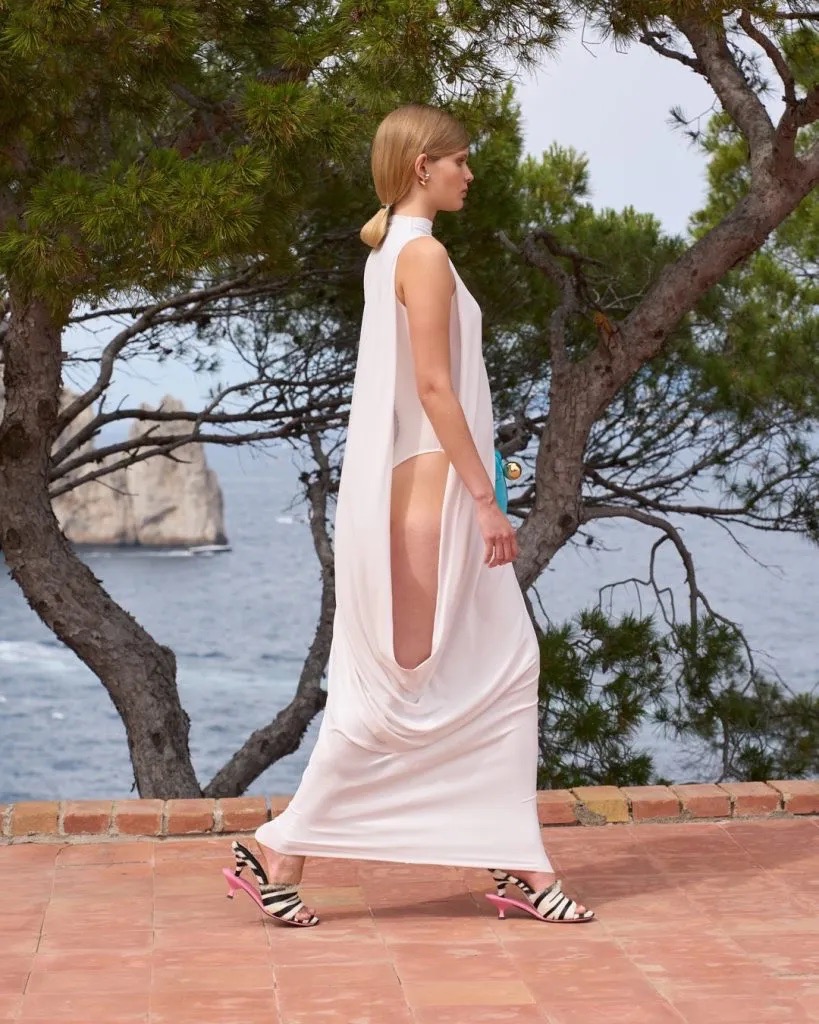
But what does this mean for the state of fashion today? Are these sets diluting the foundations of a show and emphasising the pre-existing elitism in luxury fashion, or are they following suit with the likes of Mugler and McQueen in creating pure cinema?
Balenciaga, no stranger to an elaborate marketing campaign, set their Resort 23 show inside the Wall Street Trading Center, reflecting the political narrative behind the brand at the time under Demna and the collection itself. Although not often understood, Demna consistently weaves political conversations into his shows, exploring topics of classism and elitism. Bottom line is, whether you like it or not, it gets conversations started.
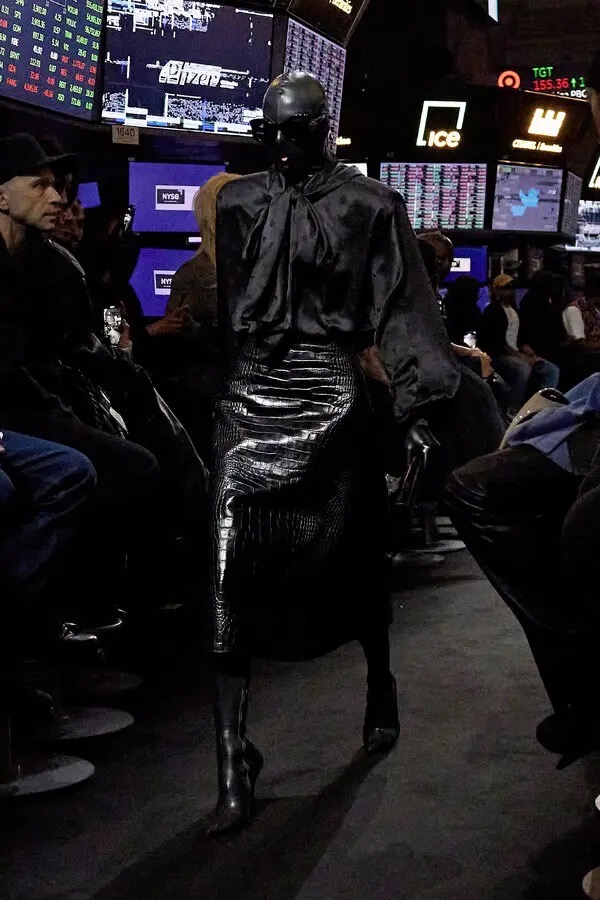
Some brands, however, have a less clear narrative woven into their clothing. Due to their lack of house codes and ethos, they might fall into the trap of having more impactful marketing than the garments, as well as high price points, extravagant shows and high-profile guestlist, positioning themselves as vapid and elitist.
This, of course, comes from the understanding that luxury fashion is all these things, but as everything is political, some brands seem to fall short on their politics.
Virgin Abloh’s first collection for Louis Vuitton in SS19 was incredible (People died). The showcase was highbrow, elevated but still carried a strong message with the garments and the set. This is indicative of a brand’s intention with a set: Instagram stats or genuine love for the craft?
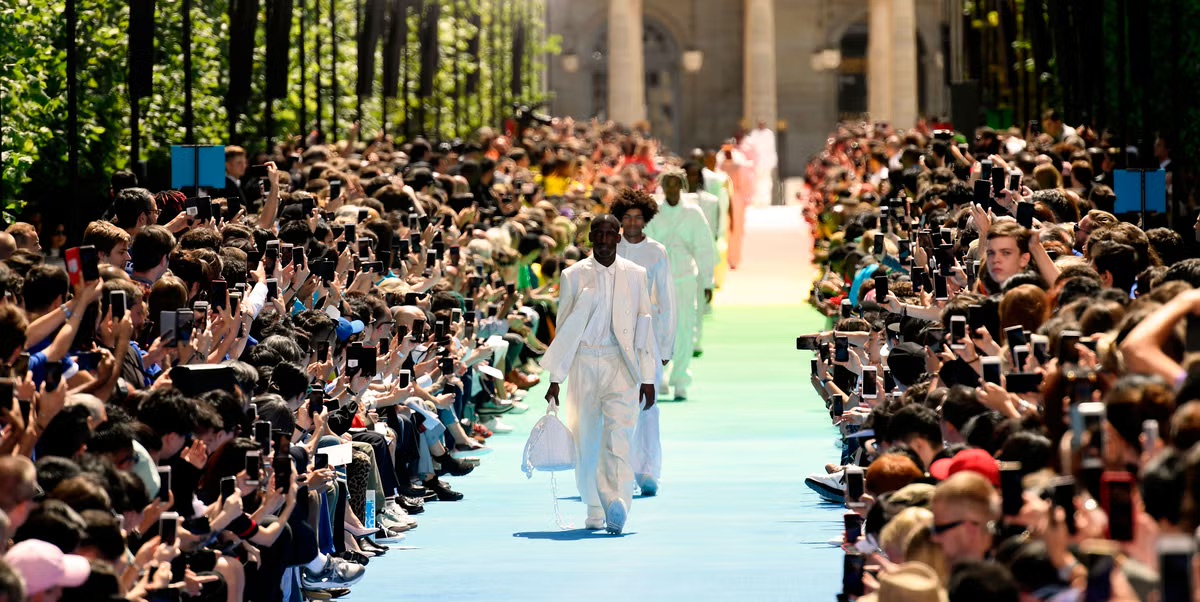
Ultimately, the evolution of set design in fashion shows reflects a broader shift in the industry—one where spectacle and marketing often hold as much weight as the clothes themselves. What began as visionary storytelling by designers like Mugler, Galliano, and McQueen has now become an expectation, a necessity for brands competing in an era of social media and experiential marketing. This raises an important question: are these elaborate productions elevating fashion shows to an art form, or are they simply reinforcing its exclusivity and possibly overshadowing the fashion?
The answer may lie in a balance, where set design serves not as a distraction but as an extension of a collection’s vision. In the end, no matter how grand the setting, when the lights go out, it always comes down to the garments.
WORDS: ZEIN KARAM